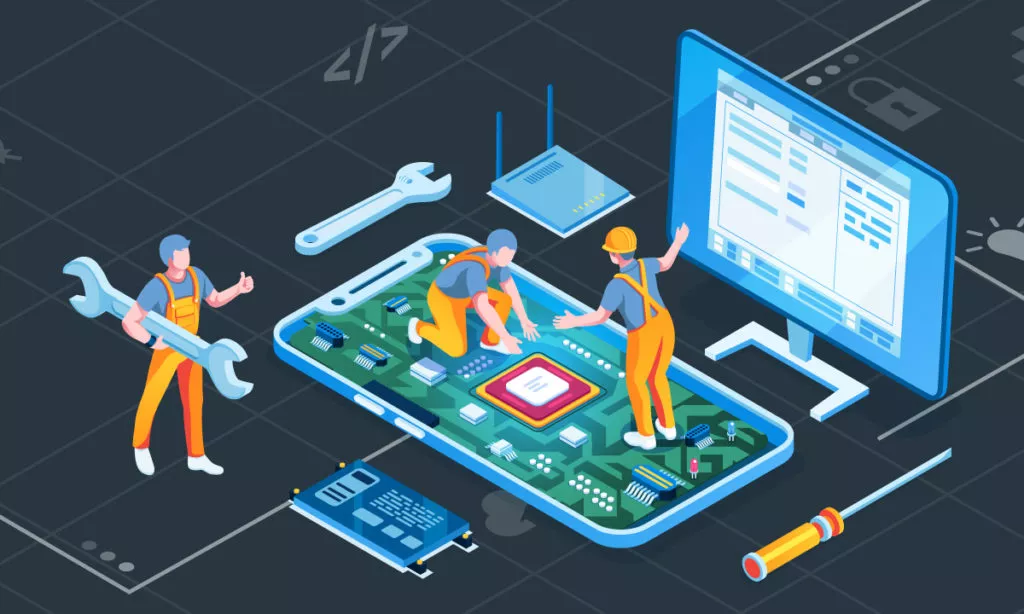Big Data and Autonomous Vehicles
There’s no doubt that big data will play a huge role in the development of autonomous vehicles. This is because big data helps companies and government organizations to make smarter and faster decisions. However, autonomous vehicles aren’t just about big data. They require other important elements, such as a strong infrastructure and enough drivers.
SK hynix’s semiconductor memories
The global memory market is categorized into application types, vehicle types and regions. It includes PC, mobile phone, automotive, and connected vehicle markets. This market is driven by the growth in the demand for IoT devices, and in the industrial applications such as automotive.
In addition, the growth in the semiconductor infrastructure is also driving rapid expansion. With the advent of new technologies such as autonomous vehicles, 5G networking, and artificial intelligence, the demand for semiconductor memories is soaring.
SK Hynix is the world’s second largest memory chipmaker. It’s been investing in innovative materials, processes, and dielectrics to help it develop advanced technology. One of the latest innovations is a new type of cell oxide-nitride material with a high dielectric constant.
Recently, SK Hynix acquired the NAND and SSD business from Intel. Now, it is supplying both SSDs and DRAM chips.
SK Hynix’s memory solutions are designed to support the performance requirements of next generation mobile phones, and the capacity needs of next-generation computers. SK Hynix’s semiconductor memories are also used in AI, robotics, and augmented reality.
Google’s approach to self-driving cars
Using big data, Google has developed a new system that can drive its own self-driving cars. It’s not yet fully automated, but it’s getting better all the time.
It uses a mix of sensors, cameras, lidar and other technologies to determine which objects on the road are moving or stationary. This data is then fed into a computer and processed. These days, a lot of it comes in real time.
The company is aiming to produce at least one driverless car for sale. That could be in as little as a year. In the meantime, the company is working on a driverless car that will take people on public rides.
While the tech isn’t perfect, Google has managed to drive a self-driving car without hitting any pedestrians or other vehicles. They’ve been doing it for over a year now. And they’ve got more road miles under their belt than you’ll ever see.
Google’s approach is a bit more ambitious than many companies. They’ve developed an algorithm using about 700,000 miles of driving data. Some of it is hard coded and others is the product of machine learning.
Toyota’s approach to self-driving cars
In the early 1990s, Toyota began researching automated driving technology. Two decades later, the Japanese automaker has over 100 million vehicles on the road. Now, it is expanding its pursuit of driverless cars.
The world’s largest automaker is accelerating its efforts to develop autonomous cars and hopes to have fully autonomous vehicles on the roads by 2020. It plans to put more than $1 billion into its Artificial Intelligence (AI) efforts over the next three years.
Toyota’s approach to self-driving cars is a little different than its Silicon Valley rivals. Instead of focusing on the latest and greatest tech, the automaker focuses on developing a safety system that is similar to a modern fighter jet. This technology will monitor and maintain control of the vehicle in the event of a crash.
The company also has a “Chauffeur” mode for its vehicles that will take over for elderly or inexperienced drivers. There are also plans to create a “guardian” mode that will anticipate and prevent crashes.
Locations for self-driving vehicles
As more automakers enter the self-driving vehicle market, the need for detailed maps will become crucial. Maps will need to be updated frequently, and manufacturers will need new methods of scaling map creation and maintenance.
Autonomous vehicles need to learn about their surroundings and make instant decisions. These cars will have to identify animals, objects, pedestrians, and other vehicles, and they will need to know what direction to take.
In addition to driving, the self-driving vehicles will have to be able to communicate with other vehicles, send and receive messages, and react to external safety alerts. Some companies are already experimenting with this technology. The HAAS Alert Safety Cloud communicates road safety data to first responders, and helps them get to an incident on time.
A self-driving car uses dozens of sensors to collect data on its surroundings. These include cameras, radar, and light detection and ranging (LIDAR) sensors. All of this data will need to be fed into neural network algorithms for real-time analysis.



